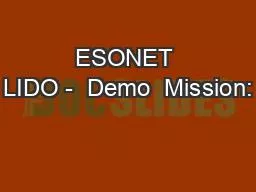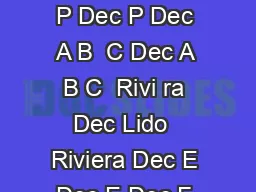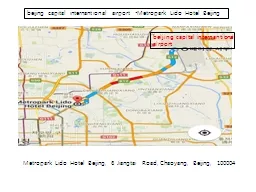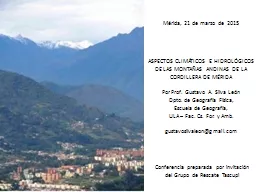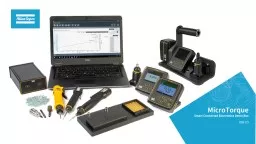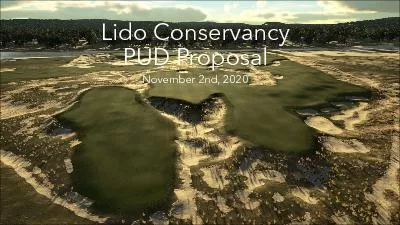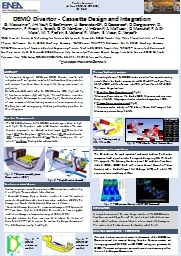PPT-ESONET LIDO - Demo Mission:
Author : cheeserv | Published Date : 2020-07-01
the East Sicily node The Laboratori Nazionali del SudINFN Italian Institute for Nuclear Physics has set up two cabled deep sea infrastructures offshore East Sicily
Presentation Embed Code
Download Presentation
Download Presentation The PPT/PDF document "ESONET LIDO - Demo Mission:" is the property of its rightful owner. Permission is granted to download and print the materials on this website for personal, non-commercial use only, and to display it on your personal computer provided you do not modify the materials and that you retain all copyright notices contained in the materials. By downloading content from our website, you accept the terms of this agreement.
ESONET LIDO - Demo Mission:: Transcript
Download Rules Of Document
"ESONET LIDO - Demo Mission:"The content belongs to its owner. You may download and print it for personal use, without modification, and keep all copyright notices. By downloading, you agree to these terms.
Related Documents

